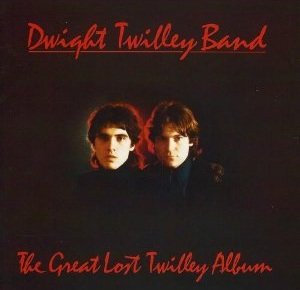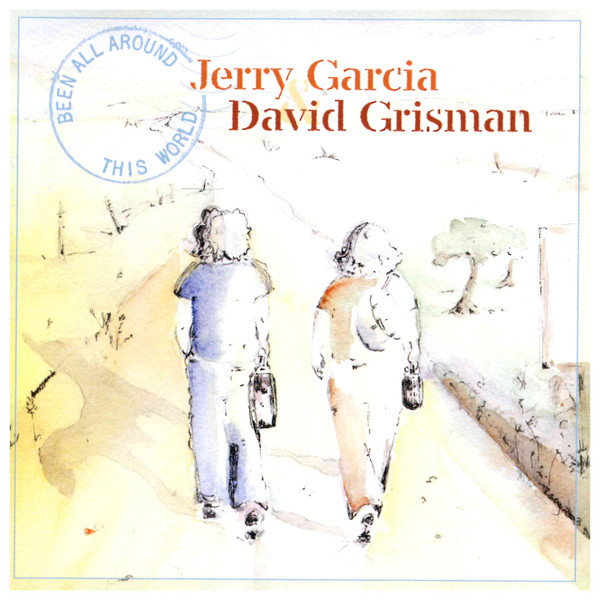 Realizing that 30 years had passed since the first installment of the Beatles’ Anthology was unveiled was even more astounding when one considered that only 25 years had elapsed between that event and the band’s breakup. And while the Anthology CDs were said to close the vault on unreleased material, the people in charge of things back then obviously hadn’t dreamed of the potential, either sales or academic, that 50th anniversary super deluxe editions could create.
Realizing that 30 years had passed since the first installment of the Beatles’ Anthology was unveiled was even more astounding when one considered that only 25 years had elapsed between that event and the band’s breakup. And while the Anthology CDs were said to close the vault on unreleased material, the people in charge of things back then obviously hadn’t dreamed of the potential, either sales or academic, that 50th anniversary super deluxe editions could create. So it was that the original series was remastered and re-edited for broadcast on Disney+, the book was reprinted, and the three CD volumes were remastered, sonically cleaned up in a few places, and repackaged into a slipcase dubbed Anthology Collection, with the tantalizing addition of the new Anthology 4. Fans wondered at the fresh bounty that could be unveiled, only to find not Gideon’s bible, but that the new set—initially only available in the big set but eventually offered separately—consisted predominantly of selections from those recent expansions of Sgt. Pepper, the White Album, Abbey Road, Let It Be, and Revolver. Besides the repetition, the choices were somewhat lopsided, with only eleven new tracks coming from the first three years of their career, and almost the entirety of the second disc devoted to the last two. And of course, certain things that people wanted to hear were still missing, even with two discs not filled to capacity.
That said, as a collection of outtakes, it is an enjoyable listen, even when you’ve heard some of it before. The alternate takes of “I Saw Her Standing There” and “Money” were pulled from the (also initially limited) Bootleg Recordings 1963 download album, and two broken takes of “This Boy” were rescued from the out-of-print CD single for “Free As A Bird”. Each of the yet-to-be-deluxe-editioned albums get peeks; as ever, the early takes aren’t always too different from the final products, but it’s fun to hear the boys bantering along the way. There’s a lot of giggling between takes, and the source of the laughter isn’t always obvious, nor necessarily pharmaceutical. Take one of “Matchbox” wouldn’t have been our choice, but the first take of “In My Life” is lovely, and a very Byrdsy “Nowhere Man” only has vocals on the intro. “Baby You’re A Rich Man” is delayed while John asks Mal Evans for Coke and Paul demands cannabis, the instrumental tracks for “Fool On The Hill” and “Hey Bulldog” are revelatory, and the isolated strings and brass for “I Am The Walrus” prove that George Martin was the best friend they ever had. Finally, new Jeff Lynne-approved remixes of “Free As A Bird” and “Real Love” (which clean up John’s voice more via Peter Jackson’s AI tech, but aren’t as good as the ones on 2015’s 1+ DVD), followed by “Now And Then” (which most people would have already bought via either the expensive single or the expansion of the Blue Album two years earlier) bring things full-circle.
With the equivalent of two album sides of new music out of a nearly two-hour program, there is enough here that we hadn’t heard before, as it hadn’t been bootlegged. Having to follow the format of the previous three volumes put the compilers in a tough spot, as reissue projects have certainly evolved over three decades. Here, it’s quite a mad rush from “I Saw Her Standing There” to “I Am The Walrus”, and something of a stumble to the end. But while Anthology 4 is very much an afterthought, it’s still welcome. And we still want to hear everything, and we do mean everything.
The Beatles Anthology 4 (2025)—3½






























